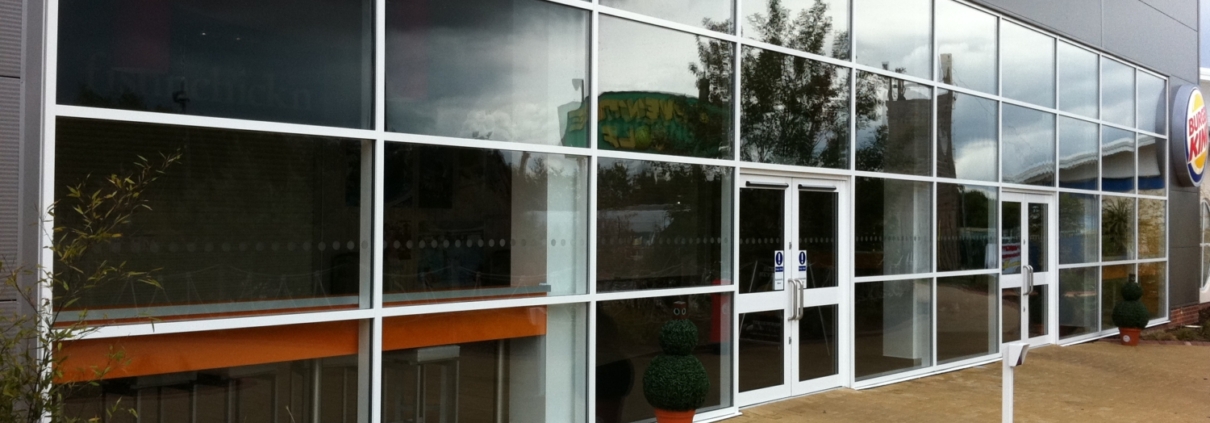In the ever-evolving landscape of architectural design, one element stands out as a true marvel—curtain walling. Far beyond a mere structural component, curtain wall systems have become synonymous with innovation, aesthetic brilliance, and the transformation of buildings into works of art. In this exploration, we delve into the wonders of curtain walling and how it is not just an architectural feature but a catalyst for elevating structures to new heights.
1. Defining Curtain Walling:
At its essence, curtain walling refers to a non-structural outer covering of a building’s façade, typically composed of glass and aluminum. This design approach allows for an uninterrupted flow of natural light, creating a sense of openness and connectivity with the surrounding environment.
2. A Symphony of Light and Space:
One of the most captivating aspects of curtain walling is its ability to orchestrate the interplay between light and space. By seamlessly integrating expansive glass panels, these systems flood interiors with natural light, fostering a bright and inviting atmosphere. This not only enhances the occupant experience but also reduces the need for artificial lighting, contributing to energy efficiency.
3. Architectural Flexibility:
Curtain walling offers architects unparalleled flexibility in design. The modular nature of these systems allows for creative freedom, enabling the realization of unique and visually striking building exteriors. From sleek, modern designs to more intricate and artistic expressions, curtain walling provides a canvas for architectural ingenuity.
4. Energy Efficiency and Sustainability:
Modern curtain wall systems incorporate advanced technologies to enhance energy efficiency. Thermally broken frames and high-performance glass contribute to the overall insulation of the building, helping regulate interior temperatures and reduce the carbon footprint. This commitment to sustainability aligns with contemporary architectural trends and environmental consciousness.
5. Structural Ingenuity:
While primarily a decorative feature, curtain walling also plays a crucial role in distributing wind and seismic loads, thus contributing to the structural integrity of a building. The combination of lightweight materials and robust engineering ensures both aesthetic appeal and structural soundness.
6. Iconic Landmarks and Inspirations:
Numerous iconic landmarks around the world owe their allure to the wonders of curtain walling. From the transparent elegance of the Apple Store on Fifth Avenue to the breathtaking heights of the Burj Khalifa in Dubai, these structures showcase the transformative power of curtain wall systems.
7. Commercial and Residential Applications:
Curtain walling is not limited to commercial skyscrapers; its adaptability extends to residential spaces as well. Contemporary homes embrace the concept, introducing an abundance of natural light and a connection to the outdoors that blurs the line between interior and exterior spaces.
8. Technological Integration:
Advancements in technology have allowed for the integration of smart features into curtain wall systems. From dynamic glass that adjusts tint based on sunlight to automated shading solutions, these innovations enhance both the functionality and sustainability of curtain walling.
In conclusion, curtain walling is more than a construction technique; it is a testament to the transformative power of architectural design. By seamlessly merging form and function, these systems elevate buildings to new heights, turning them into landmarks of aesthetic innovation. As architects continue to push the boundaries of what is possible, curtain walling stands as a beacon of inspiration, inviting us to reimagine the relationship between structures and their surroundings.



